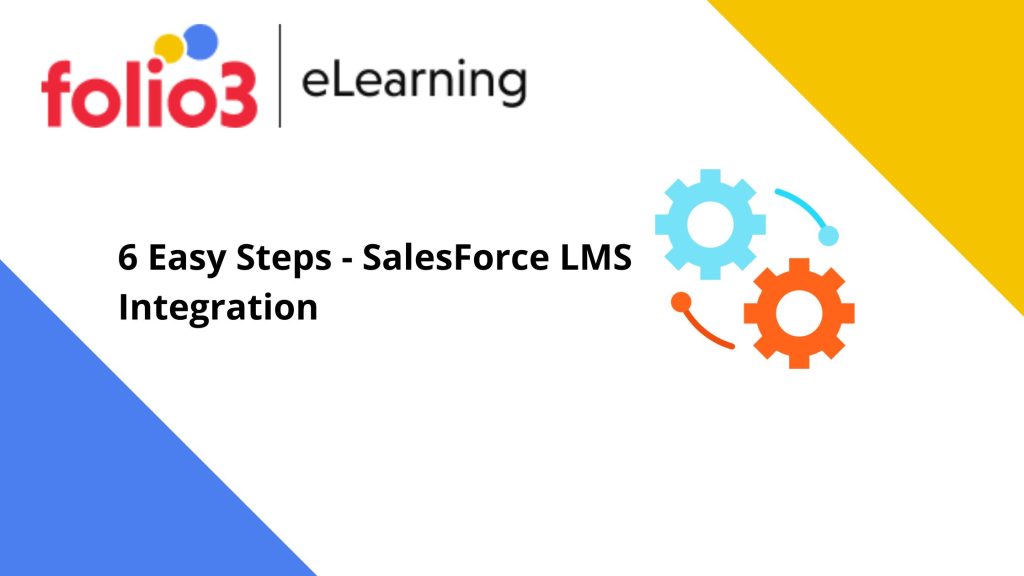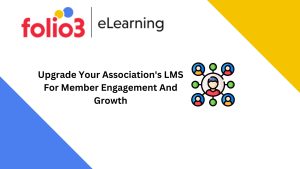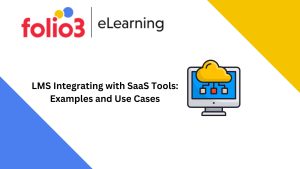
Executive Summary:
Salesforce LMS Integration offers numerous benefits, including tracking and measuring learning and development and streamlining operations. The process involves six steps: determining the LMS’s goals, selecting a development platform, designing and building the LMS, integrating it with Salesforce, testing, deploying, and monitoring. A custom LMS can also be combined with other systems for a successful learning program.

6 Steps to Integrate an LMS with Salesforce
So, how do you go about integrating a custom LMS with Salesforce? Here are the six steps involved in this process:
Step 1: Identify the goals and requirements of your custom LMS
Before starting the integration process, clearly defining the goals and requirements of your custom LMS is important. What are the key objectives of your learning program? Who are the learners, and what are their needs and preferences? What type of content and assessments do you want to include in your LMS? Answering these questions will help you determine the scope and requirements of your custom LMS and ensure that it meets the needs of your business and learners.
Step 2: Choose a LMS development platform
Several platforms are available for custom LMS development, including Moodle, Totara, and Blackboard. Each forum has its own strengths and features, and the one you choose will depend on your specific needs and requirements. Some factors to consider when selecting a custom LMS development platform include the complexity of your learning program, the size and scale of your organization, and your budget.
Step 3: Design and build your custom LMS
Once you have chosen a custom LMS development platform, you can start designing and building your LMS. This process typically involves creating your LMS’s user interface, course structure, and content. You may also need to design and develop custom integrations and plugins to extend the capabilities of your LMS.
Step 4: Integrate your custom LMS with Salesforce
To integrate your custom LMS with Salesforce, you must use the Salesforce API (Application Programming Interface). By using the Salesforce API, you can connect your custom LMS to the Salesforce platform and exchange data. Salesforce LMS integration can be done in several ways, such as using custom integrations, third-party integrations, and off-the-shelf integration tools. The method you choose will depend on your specific needs and resources.
Step 5: Test and deploy your custom LMS
Before launching your custom LMS, it is important to thoroughly test it to ensure it functions properly and meets all your business requirements. This may involve user acceptance and functional and performance testing. Once you have tested your LMS and addressed any issues, you can deploy it to your learners and begin using it for your learning and development programs.
Step 6: Monitor and optimize your custom LMS
After you have launched your custom LMS, it is important to monitor its performance and optimize it as needed. This may involve tracking learner engagement, analyzing learning and development outcomes, and identifying areas for improvement. Regularly monitoring and optimizing your LMS can ensure that it meets your learners’ needs and supports your business’s goals.










